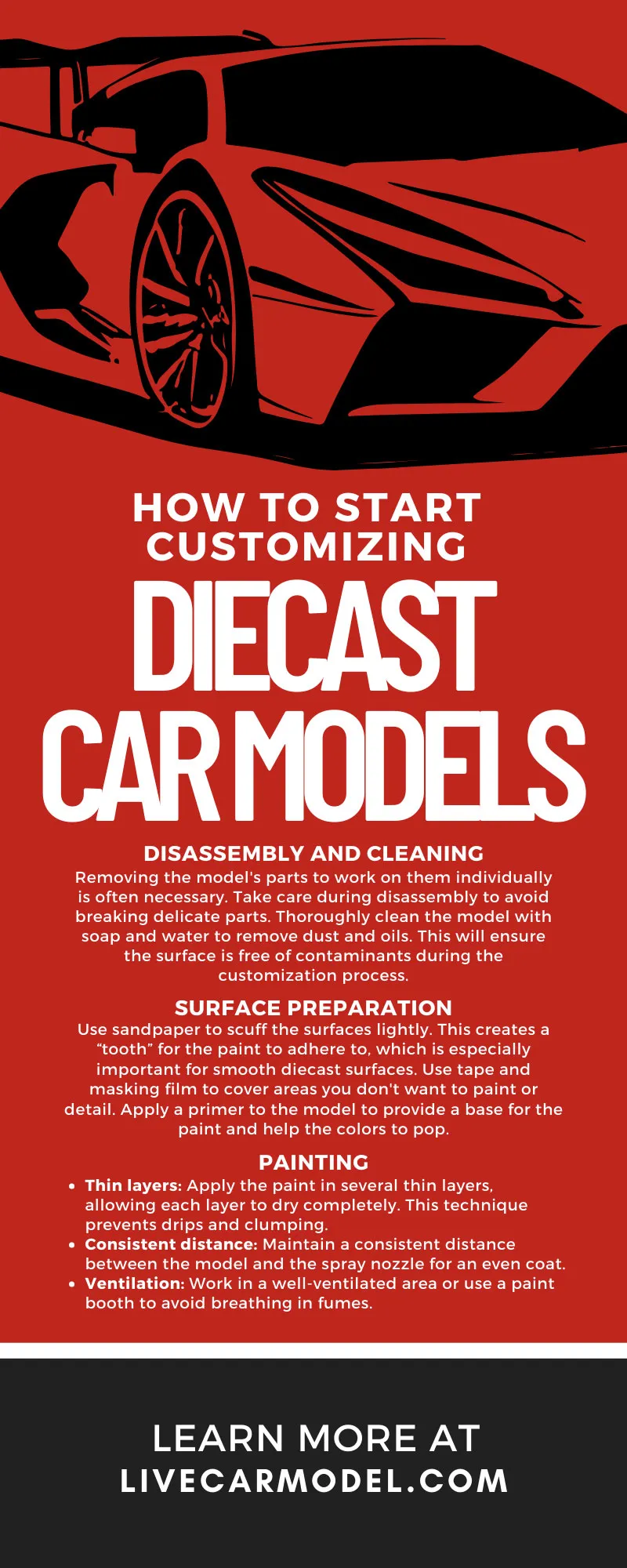What are Diecast Car Models
Diecast car models are miniature replicas of automobiles, meticulously crafted using a die-casting process. These models are primarily made of metal, providing a durable and realistic feel. Diecast models are popular among collectors of all ages, offering a tangible representation of iconic vehicles from various eras. They capture the essence of the full-sized cars, with an impressive level of detail, from the body shape to the interior features. These models aren’t just toys, they are miniature works of art, and they represent a thriving hobby that connects people through shared appreciation for automobiles and craftsmanship. Collecting diecast models can also provide an opportunity to learn about automotive history and the evolution of car design.
The History of Diecast Car Models
The history of diecast car models is a fascinating journey through the evolution of toy manufacturing and automotive culture. These models started as simple toys and have transformed into highly detailed collectibles, reflecting the advancements in manufacturing and design. From their humble beginnings, diecast models have captivated enthusiasts, offering a tangible connection to the automotive world. The story of diecast models is a testament to the enduring appeal of miniature replicas and their ability to bring joy to generations of collectors. These models provide a way for people to connect with their favorite vehicles and the history behind them.
Early Diecast Models
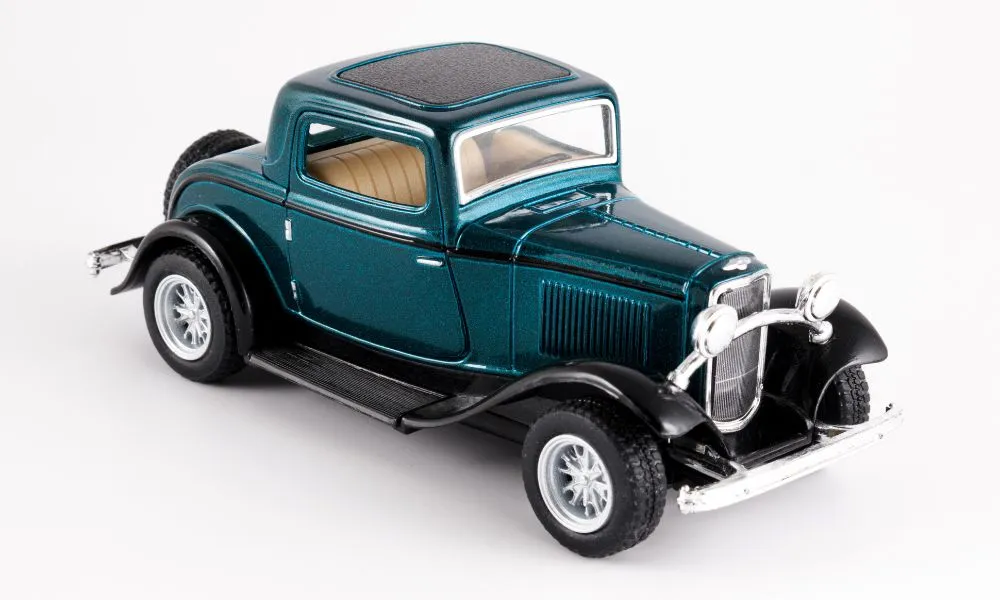
Early diecast models emerged in the early 20th century, initially serving as simpler toys. The primary material used was often lead, which was later replaced by safer alloys. These early models, while rudimentary compared to today’s standards, were still significant in their time. They provided children with affordable representations of vehicles and helped to spark an early interest in cars. These models were often hand-painted and lacked the fine details of modern counterparts, but they played a crucial role in establishing the diecast car model market. The designs were basic, but they reflected the cars of the time.
Modern Diecast Models
Modern diecast models showcase incredible detail, with precise features and realistic paint jobs, and are manufactured with advanced techniques. They are not just toys; they are accurate representations of real-world vehicles. Many models include opening doors, hoods, and trunks, along with detailed interiors, engines, and chassis. The rise of computer-aided design (CAD) has significantly enhanced the accuracy and detail of these models. Today, collectors can find models of almost any car imaginable, from classic cars to modern supercars, with different scales. Modern diecast models are a testament to the evolution of manufacturing and the passion of car enthusiasts.
Materials Used in Diecast Car Models
The materials used in diecast car models play a crucial role in their durability, appearance, and overall quality. Manufacturers carefully select materials to ensure that the models are both accurate and long-lasting. The primary material used in diecast car models is a metal alloy, usually made of zinc, but other components, such as plastic and rubber, are also included to provide detailed features. The combination of these materials enables the creation of incredibly detailed and realistic models, making them desirable for collectors and enthusiasts. Understanding these materials helps collectors appreciate the craftsmanship and quality of their models.
Metal Alloy

The metal alloy is the foundation of most diecast car models, providing the weight and structural integrity that give these models their characteristic feel. Typically, this alloy consists primarily of zinc, along with small amounts of other metals like aluminum and copper. This combination offers an excellent balance of strength, durability, and detail reproduction. The die-casting process allows manufacturers to create intricate shapes and fine details. The metal alloy is chosen for its ability to capture complex designs and maintain its form over time. It’s a key reason why diecast models can last for many years, becoming cherished collectibles.
Plastic Components
Plastic components are an essential part of diecast car models, contributing to the level of detail and functionality. Plastics are used for parts that are too intricate or delicate to be made from metal. These include interior elements, such as dashboards, seats, and steering wheels, as well as exterior parts like lights, grilles, and mirrors. Plastic allows for the creation of clear windows and other transparent parts, adding realism to the models. Modern plastic molding techniques enable manufacturers to create highly detailed and accurate components, enhancing the overall appeal. Plastic also helps reduce the overall weight and cost of the models, making them more accessible.
Rubber Tires
Rubber tires are a crucial element of diecast car models, not only for aesthetic realism but also for adding a tactile element. These tires are made from various rubber compounds that closely resemble real tires. The use of rubber allows for the creation of realistic tread patterns and sidewall details. The tires contribute to the overall look and feel of the model, making it more attractive to collectors. The choice of rubber and its molding process can vary depending on the model’s scale and design. Rubber also provides a small level of friction, allowing the models to roll smoothly across surfaces, and adds another layer of authenticity to the models.
Scale Sizes of Diecast Car Models
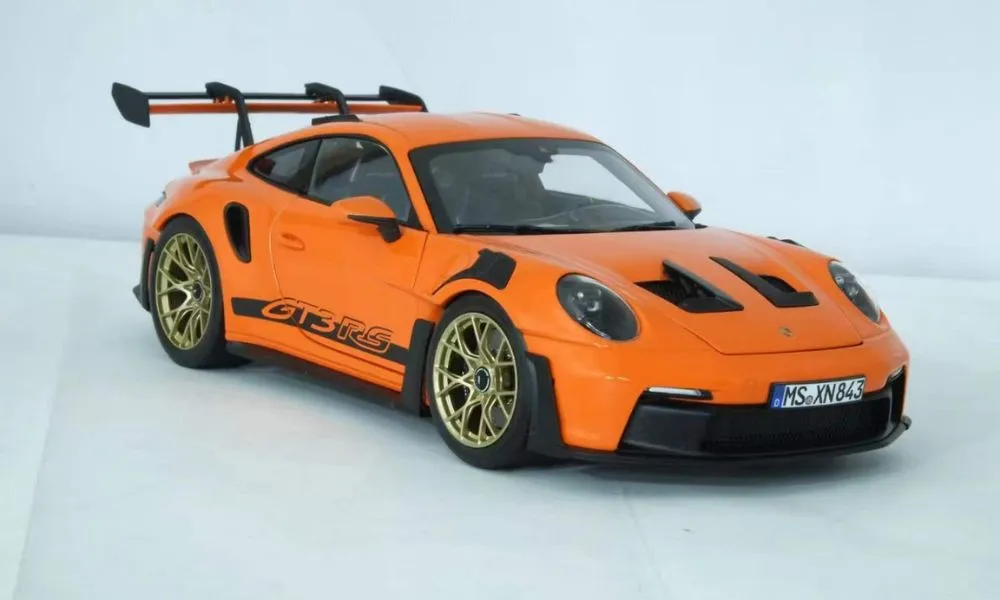
Scale sizes are a fundamental aspect of diecast car models, providing a standard for accuracy and collectability. The scale refers to the ratio between the model’s size and the size of the actual vehicle. Common scales include 1:18, 1:24, and 1:43, each offering a different level of detail and display options. Understanding these scales helps collectors choose models that fit their collection and preferences. Each scale has its own advantages, from the detailed features of larger scales to the more compact nature of smaller scales. The scale also affects the price, detail, and availability of diecast car models, which is something to consider.
1 18 Scale
1 18 scale models are among the most popular, offering a great balance between detail and size. At this scale, the model is 1/18th the size of the real car, allowing for a high level of detail. These models often include opening doors, hoods, and trunks, as well as detailed interiors and engines. The larger size makes it easier to appreciate the intricate features of the model, making them ideal for collectors who enjoy displaying their models prominently. The greater space allows for enhanced realism, and this scale is favored for many high-end models. While larger, they require more display space, but they provide an immersive collecting experience.
1 24 Scale
1 24 scale models are slightly smaller, and are also a popular choice among collectors. These models offer a good level of detail while still being reasonably sized for display. The 1:24 scale allows for intricate detailing, while offering a manageable size for collectors with limited space. These models are often more affordable than their 1:18 counterparts, making them a great option for those starting a collection. They are also widely available, providing a good range of vehicles to choose from. They’re ideal for collectors who want a balance of detail, affordability, and display options, and remain very popular.
1 43 Scale
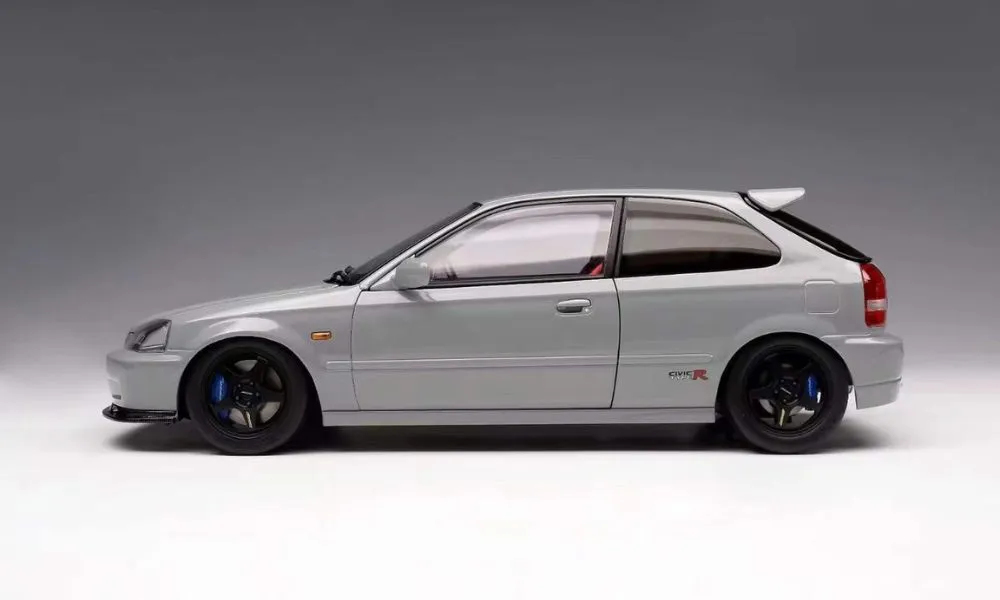
1 43 scale models are the most compact, making them ideal for collectors who have limited display space. Despite their smaller size, they still offer a significant level of detail, with many featuring intricate paintwork, detailed interiors, and accurate body shapes. This scale is very popular due to its affordability and the wide availability of models. The smaller size allows for easy storage and display, making them perfect for creating large and diverse collections. They are a great option for both new and experienced collectors, due to the numerous models available. They provide a good balance between cost, detail, and practicality.
Why Collect Diecast Car Models
Collecting diecast car models is a rewarding hobby with many benefits, appealing to a diverse audience. Collectors enjoy the beauty of miniature replicas, the thrill of the hunt, and the satisfaction of completing their collections. Diecast models offer a unique blend of history, design, and craftsmanship, making them a source of joy for many. Beyond the aesthetic appeal, collecting diecast models can also serve as a way to connect with like-minded individuals, learn about automotive history, and develop a passion for cars. The reasons to collect these models are varied, and their ongoing popularity testifies to their enduring appeal.
Collecting for Nostalgia
Nostalgia is a major driving force behind diecast car model collecting. Many collectors are drawn to models of cars they remember from their childhood or dream cars they always wanted to own. These models offer a tangible connection to the past, evoking memories and emotions associated with specific vehicles and eras. For some, collecting diecast models is a way to relive those cherished moments. The models provide a way to celebrate and preserve memories, making this hobby particularly meaningful for many enthusiasts. The nostalgia factor adds an emotional layer to the hobby, making each model a cherished keepsake.
Investment Potential
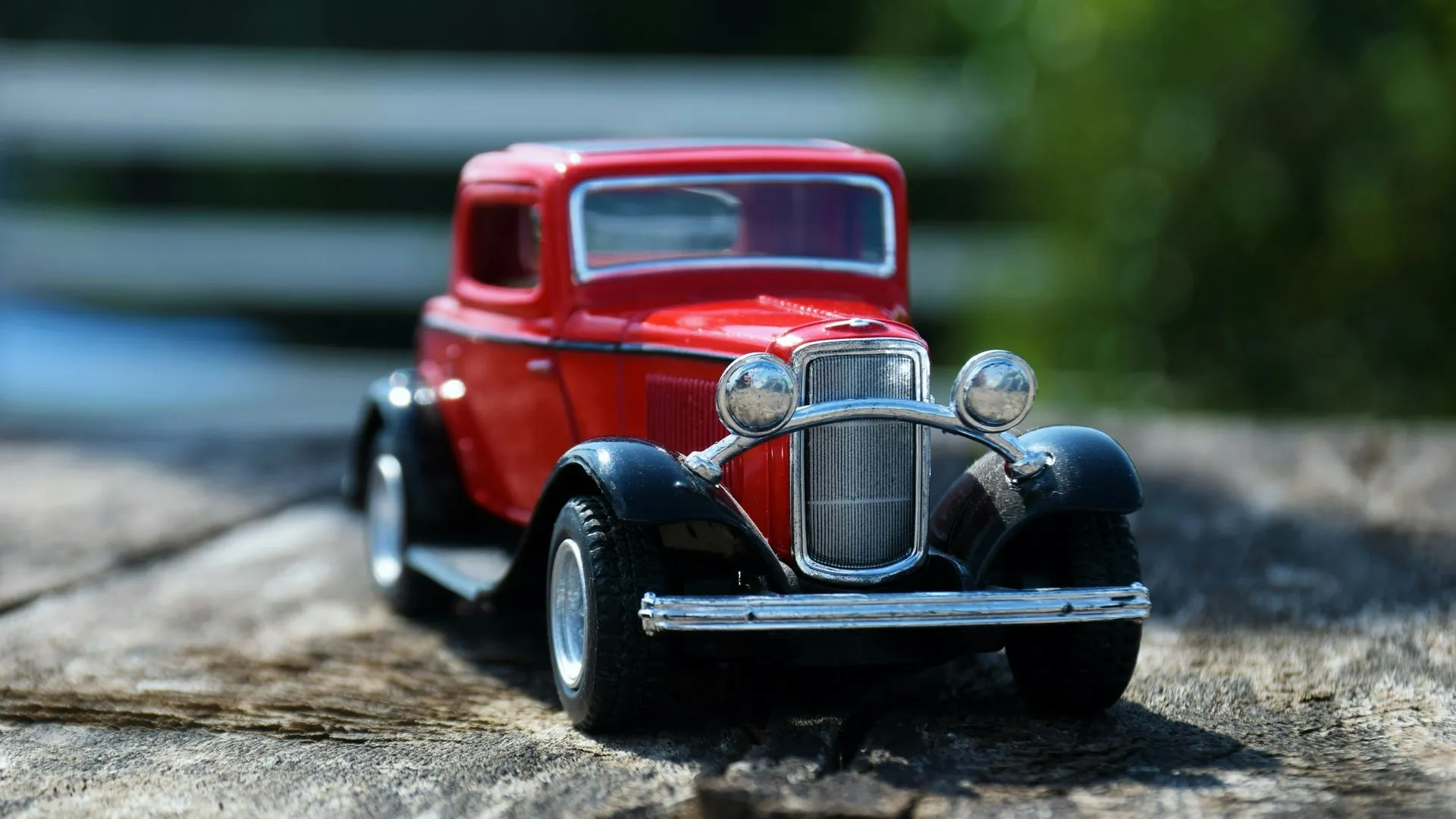
Diecast car models can also represent a sound investment opportunity, especially for limited edition or rare models. Certain models increase in value over time, making them attractive to investors. Factors like rarity, condition, and historical significance contribute to the appreciation of these models. Collectors who research and acquire valuable models can see a return on their investment. While not every model is a guaranteed investment, the market for rare and sought-after diecast models can be very lucrative. The investment potential adds another dimension to the hobby, attracting both collectors and investors.
Display and Decoration
Diecast car models are visually appealing and can enhance any display or decor. Many collectors showcase their models in glass cabinets, shelves, or dedicated display cases, creating an eye-catching focal point in their home or office. The models add a touch of sophistication and personality to a space. They can be arranged in various ways, from thematic displays to chronological arrangements. The aesthetic value of these models makes them an excellent choice for decorating and personalizing a space. They serve as conversation starters, reflecting the collector’s personality and interests.
How Diecast Car Models are Made
The manufacturing process of diecast car models is a blend of art and technology, requiring precision and skill. From the initial design to the final assembly, each step plays a crucial role in the creation of high-quality models. The process involves several stages, including die-casting, painting, detailing, and assembly, and ensures that each model meets the exacting standards of collectors. The combination of technology and craftsmanship results in miniature replicas that capture the essence of their full-sized counterparts. Understanding the manufacturing process helps collectors appreciate the value and detail of their models.
The Die Casting Process
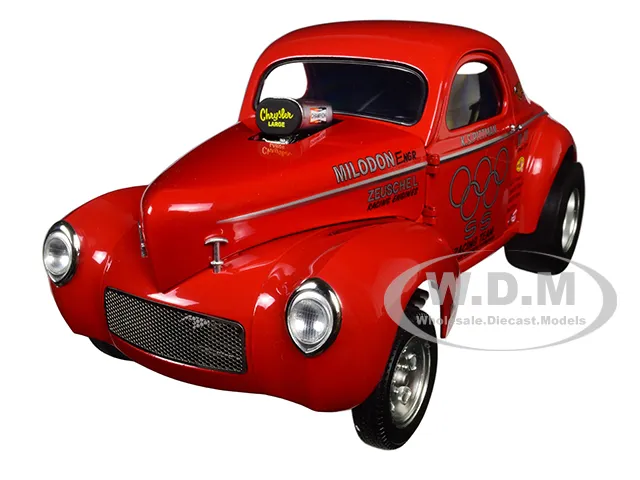
The die-casting process is the foundation of diecast car model manufacturing, using high-pressure injection of molten metal into reusable molds. The molds, or dies, are meticulously crafted to create the intricate shapes of car parts. Molten metal alloy is injected into the dies and allowed to cool and solidify. Once cooled, the die is opened, and the formed part is ejected. This process allows for detailed designs and consistent production. The die-casting method allows for complex shapes and fine details to be captured. This process is efficient and allows for mass production, making diecast models accessible to a wide audience.
Painting and Detailing
Painting and detailing are crucial steps in the creation of realistic diecast car models, bringing the miniature vehicles to life. The painting process involves applying multiple layers of paint, often using specialized techniques to replicate the original car’s color and finish. Detailing includes adding decals, logos, and other elements that enhance the authenticity and realism. The level of detail can vary depending on the model’s scale and price point. Many models also feature hand-painted details to ensure accuracy. This attention to detail is what sets high-quality models apart, appealing to collectors who value precision and realism. The painting and detailing process significantly contributes to the model’s overall appeal.
Assembly and Quality Control
Assembly and quality control are the final stages of diecast car model manufacturing. Skilled workers assemble the various components, including the body, chassis, interior, and wheels, with precision. Quality control ensures that each model meets the manufacturer’s standards for detail, functionality, and finish. This involves checking for defects, ensuring that all parts fit properly, and verifying that the model accurately represents the real-life vehicle. The assembly process often requires a combination of manual labor and automated processes, depending on the complexity of the model. Quality control is performed at various stages of production, and is a vital part of producing a high-quality collectible. This step is important for the finished product’s visual appeal and longevity.
Where to Buy Diecast Car Models
Diecast car models are available through a variety of channels, catering to collectors of all kinds. From online retailers to specialty stores, there are numerous places to find the models you are looking for. Understanding where to buy these models is essential for both new and experienced collectors. These purchasing options include online and physical stores, as well as special events and private sales. The best place to buy diecast car models depends on individual preferences, budget, and the desired level of service and selection. Careful consideration of these factors can lead to a successful collecting experience.
Online Retailers
Online retailers offer an extensive selection of diecast car models, making them a popular choice for collectors. These retailers offer the convenience of browsing and buying from home. They often have a wide variety of models from different manufacturers and scales. Online stores also provide detailed product descriptions and customer reviews. Many sites offer competitive prices and frequent sales, and there is usually a good selection. The ability to compare prices and models from various retailers is another advantage. Online retailers are a great place to find a variety of models, making them a convenient and reliable option for most collectors.
Specialty Stores
Specialty stores offer a more curated and personalized shopping experience, and provide expert advice. They often stock a selection of models, with a focus on specific scales, manufacturers, or eras. Store owners are knowledgeable about diecast car models and can provide valuable insights and guidance. These stores often host collector events and provide a community. Specialty stores give enthusiasts a way to experience the hobby, with detailed models. This experience is something collectors tend to enjoy. The expert advice and community feel add to the overall collecting experience.
Collectibles Shows
Collectibles shows are excellent places to find rare and unique diecast car models. These events bring together dealers and collectors from all over, offering a wide variety of models for sale or trade. Collectors can often find models that are hard to come by. These shows are a great place to discover new models, network with other collectors, and learn about the hobby. The atmosphere is exciting, creating a sense of community among enthusiasts. Collectibles shows provide a unique opportunity to find rare models and expand your collection, and are a great way to experience the hobby.
How to Care for Diecast Car Models
Caring for diecast car models is essential to preserve their condition and value, and ensure they last for many years. Proper care includes cleaning, storage, and protection from the elements. Regular maintenance helps keep the models looking their best. By following these simple guidelines, collectors can protect their investment and enjoy their models for many years to come. Taking care of these models means preserving their aesthetic appeal and value. These steps are important to protect the models from damage and environmental factors, which can impact their longevity.
Cleaning and Dusting
Regular cleaning and dusting are crucial to maintaining the appearance of diecast car models. Dust can accumulate over time, dulling the paint and detracting from the model’s detail. Use a soft brush or cloth to gently remove dust from the models, and avoid abrasive cleaners that could damage the paint. For more thorough cleaning, use a mild soap and water solution. Allow the models to dry completely before returning them to their display. Regular cleaning prevents the build-up of dust and debris, maintaining their condition and value, and ensuring they continue to look their best. Proper cleaning is an important part of the maintenance process.
Proper Storage
Proper storage is vital to protect diecast car models from damage, and can help preserve their condition. Store models in a cool, dry place away from direct sunlight and extreme temperatures. Avoid storing models in damp areas, as this can lead to rust or corrosion. Consider using display cases or sealed containers to protect the models from dust and accidental damage. Proper storage protects the models from environmental factors, and preserves their value. Storing the models in a safe location is essential to prevent damage.
Protecting from Sunlight
Protecting diecast car models from sunlight is important, as prolonged exposure to sunlight can cause the paint to fade. UV rays can be damaging, resulting in discoloration and a loss of detail. Display your models in areas away from direct sunlight. If you must display them in a sunny area, consider using UV-protective display cases or films. Protecting the models from sunlight ensures that the colors and details remain vibrant, preserving the model’s appearance and value. This helps maintain their aesthetic appeal. By taking these precautions, you can protect the paint finish from damage.
Diecast car models are a captivating hobby, offering a rich blend of history, craftsmanship, and collecting passion. From their humble beginnings to the highly detailed replicas of today, these models continue to fascinate enthusiasts. Collecting and caring for these models allows enthusiasts to engage with automotive history and design, and gives the opportunity to preserve memories of the past. Whether for the nostalgia, investment potential, or sheer enjoyment of the hobby, diecast car models offer something for everyone. They continue to be a beloved pastime for many people.
